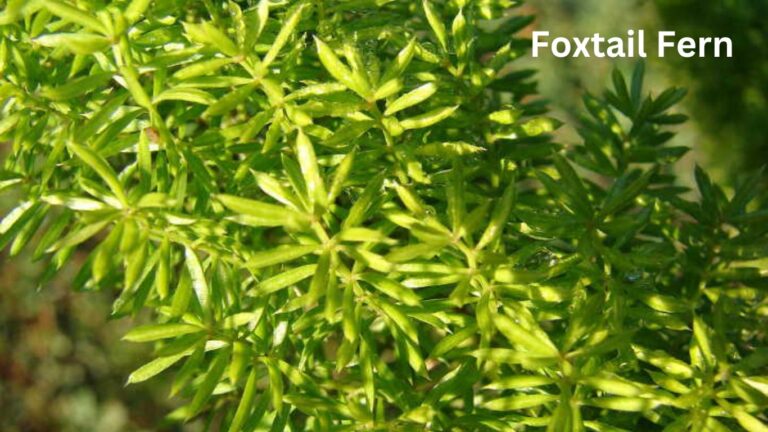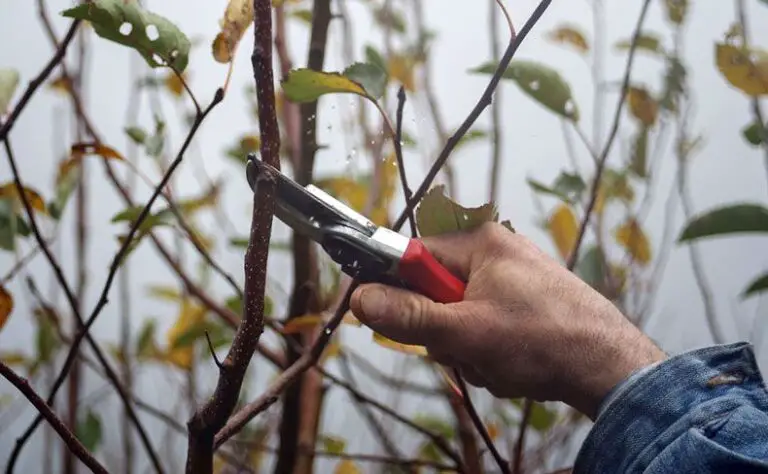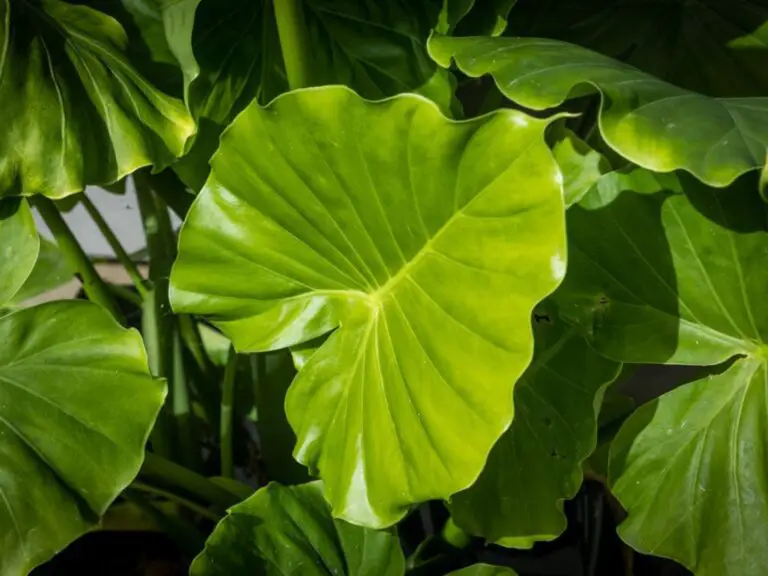Discovering Zinnias: 21 Perfect Zinnia Types for Your Garden
Table of Contents
Zinnias Elegans
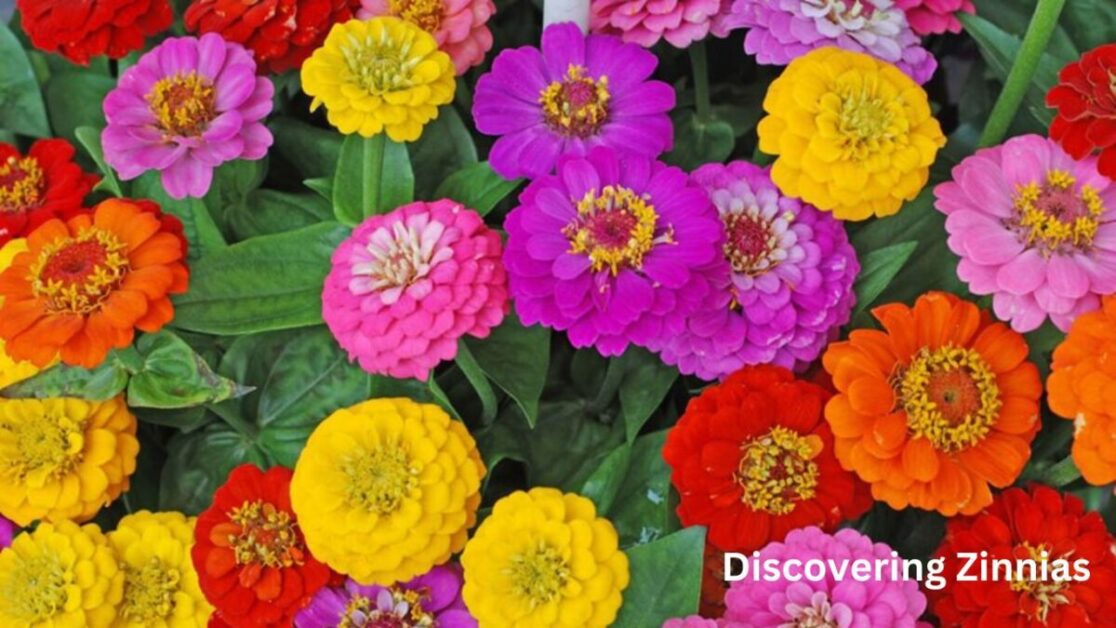
Zinnia Elegans, commonly known as the Mexican zinnia or youth-and-old-age, is a vibrant and versatile annual flower that graces gardens with its brilliant hues. This striking plant features solitary double or semi-double flower heads in a wide array of colors, ranging from bold reds and oranges to soft pinks and whites, adding a splash of color to any landscape. With its long, slender stems and lance-shaped leaves, Zinnia Elegans blooms profusely throughout the summer months, attracting pollinators like bees and butterflies with its nectar-rich flowers.
In addition to its aesthetic appeal, Zinnia Elegans is also valued for its resilience and ease of cultivation, making it a popular choice for both novice and experienced gardeners alike. This hardy annual thrives in full sun and well-drained soil, requiring minimal maintenance to flourish. Whether grown in garden beds, containers, or as part of a cutting garden, Zinnia Elegans is a versatile plant that adds a touch of exuberance to any outdoor space.
Zinnias Angustifolia
Zinnia Angustifolia, commonly known as the narrowleaf zinnia, is a beautiful flowering plant native to Mexico. With delicate, lance-shaped leaves and vibrant daisy-like flowers, this zinnia species adds a pop of color to any garden or landscape. Its petite size makes it a perfect choice for borders, containers, or rock gardens, where it can thrive in full sun and well-drained soil. The flowers come in a range of shades, from pale pink and lavender to bright orange and red, attracting butterflies and other pollinators to the garden.
This zinnia species is relatively low-maintenance, requiring minimal watering once established. Deadheading the spent blooms will encourage continual flowering throughout the growing season. Zinnia Angustifolia is also known for its excellent tolerance to heat and drought, making it a durable choice for gardens in hot climates. Whether used as a standalone plant or mixed with other annuals, Zinnia Angustifolia is sure to bring joy and beauty to any outdoor space.
Zinnias Haageana
Zinnia Haageana, commonly known as the Mexican zinnia, is a vibrant and colorful flower that adds a cheerful touch to any garden or landscape. This species of zinnia is native to Mexico and is well-loved for its bright and eye-catching blooms that come in shades of orange, yellow, red, and pink. With its bushy and compact growth habit, Zinnia Haageana is ideal for borders, containers, or as a bedding plant, creating a stunning display of color throughout the growing season.
One of the distinguishing features of Zinnia Haageana is its ability to attract pollinators such as bees and butterflies, making it a valuable addition to any pollinator garden. This zinnia species thrives in full sun and well-drained soil, requiring minimal care once established. With proper deadheading, Zinnia Haageana will bloom profusely from summer to fall, providing a continuous burst of color in the garden.
Zinnias Linearis
Zinnia Linearis, also known as the Narrow-leaved Zinnia, is a delightful flowering plant that belongs to the Asteraceae family. This species is native to North America and is particularly well-suited for garden borders and rock gardens due to its slender, linear leaves and vibrant blooms. Zinnia Linearis typically reaches a height of 12-18 inches and produces striking daisy-like flowers in shades of pink, purple, white, and yellow.
The flowers of Zinnia Linearis are a favorite among pollinators such as bees and butterflies, making it a valuable addition to any pollinator garden. It thrives in full sun and well-drained soil, requiring minimal maintenance once established. With its compact habit and long blooming period from early summer to fall, Zinnia Linearis is a charming choice for adding color and visual interest to any landscape.
Zinnias Peruviana
Zinnia Peruviana, also known as Peruvian zinnia, is a delightful addition to any garden with its vibrant blooms and easy maintenance. This perennial plant belongs to the Asteraceae family and is native to the Andes region of South America. With its bushy habit and colorful flowers in shades of yellow, orange, and red, Zinnia Peruviana adds a pop of color to flower beds, borders, and containers. It thrives in full sun and well-draining soil, making it a versatile and resilient plant for both beginner and experienced gardeners.
One of the distinctive features of Zinnia Peruviana is its long flowering period, which typically lasts from late spring to early fall. This extended blooming season ensures a continuous display of cheerful flowers, attracting pollinators like bees and butterflies to the garden. Deadheading spent blooms can promote further flowering and keep the plant looking tidy. Zinnia Peruviana is also drought-tolerant once established, making it a low-maintenance choice for gardeners looking to add color and wildlife interest to their outdoor spaces.
Zinnias Acerosa
Zinnia Acerosa, commonly known as Desert Zinnia, is a resilient and drought-tolerant plant native to the arid regions of Arizona, New Mexico, and Northern Mexico. With its striking bright yellow flowers and needle-like leaves, Zinnia Acerosa adds a pop of color to xeriscape gardens and dry landscapes. This perennial plant thrives in full sun and well-drained soil, making it a low-maintenance and water-wise choice for gardeners looking to conserve water.
The petite size of Zinnia Acerosa, reaching up to 12 inches in height, makes it ideal for rock gardens, containers, or border plantings. Its ability to attract pollinators such as butterflies and bees adds to its charm and ecological value. In addition to its ornamental qualities, Zinnia Acerosa is also used in traditional medicine by Indigenous communities for its purported healing properties. Overall, this tough little plant exemplifies the beauty and adaptability of desert flora.
Zinnias Grandiflora
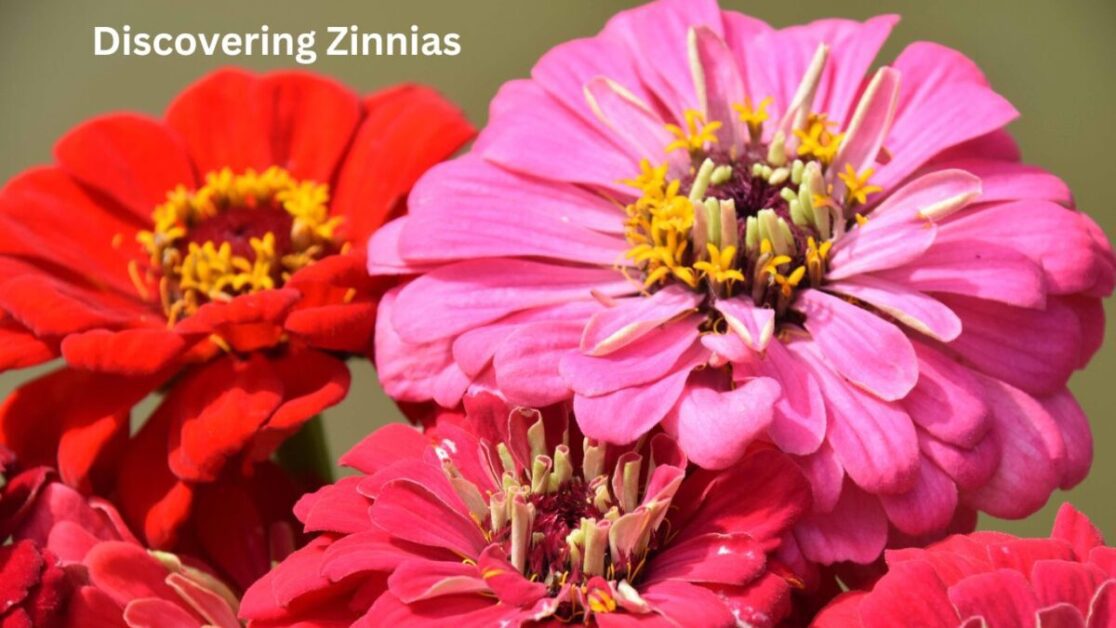
Zinnia Grandiflora is a captivating flowering plant known for its striking beauty and vibrant colors. With its large, showy blooms in shades of pink, purple, red, orange, and yellow, this zinnia variety adds a splash of color to any garden or floral arrangement. Its long stems make it an excellent choice for cut flowers, bringing joy and elegance to indoor spaces as well.
The resilient nature of Zinnia Grandiflora makes it a popular choice among gardeners of all skill levels. It thrives in sunny conditions with well-drained soil, requiring minimal maintenance to flourish. As a native to North America, this zinnia species is well-adapted to various climates and is known to attract pollinators such as bees and butterflies, making it a valuable addition to any wildlife-friendly garden.
Zinnias Tenuifolia
Zinnia Tenuifolia is a species of zinnia that is known for its delicate and fern-like foliage, making it a unique addition to any garden or floral arrangement. This variety of zinnia produces small, yet vibrant, orange flowers that provide a pop of color in any landscape. With its slender stems and narrow leaves, Zinnia Tenuifolia adds a touch of elegance and grace to garden beds or borders.
These zinnias prefer full sun and well-drained soil, thriving in warm climates where they can bask in sunlight throughout the day. With proper care and maintenance, Zinnia Tenuifolia can bloom continuously from summer through fall, attracting pollinators such as butterflies and bees to the garden. Gardeners looking to add a touch of sophistication and charm to their outdoor spaces should consider incorporating Zinnia Tenuifolia into their landscape design.
Zinnias Violacea
Zinnia Violacea, commonly known as the Purple Zinnia, is a stunning flowering plant that belongs to the Zinnia genus. With vibrant purple petals that exude elegance, this species is a favorite among gardeners for its beauty and ability to attract pollinators like bees and butterflies. Zinnia Violacea typically blooms in the summer months, adding a pop of color to gardens and landscapes.
This species of Zinnia thrives in full sunlight and well-drained soil, making it a popular choice for garden beds, borders, and containers. With proper care and maintenance, Zinnia Violacea can produce an abundance of flowers that last throughout the season, making it a versatile and visually appealing addition to any garden. Whether planted as a standalone feature or mixed in with other annuals, the Purple Zinnia is sure to bring joy and brightness to any outdoor space.
Zinnias Citrea
Zinnia Citrea, commonly known as the Orange Zinnia, is a vibrant and eye-catching annual flower that belongs to the Zinnia genus. With its striking orange blooms and long-lasting petals, Zinnia Citrea is a popular choice for adding a pop of color to any garden or floral arrangement. This particular zinnia variety thrives in warm and sunny conditions, making it ideal for gardens in tropical or subtropical regions.
The flowers of Zinnia Citrea are known for attracting pollinators such as bees and butterflies, adding not just beauty but also ecological value to a garden. With proper care and maintenance, this zinnia species can bloom abundantly throughout the summer months, providing a cheerful and inviting atmosphere to any outdoor space. Whether planted in garden beds, containers, or hanging baskets, Zinnia Citrea is sure to brighten up any landscape with its lively hues and delicate petals.
Zinnias Mexicana
Zinnia Mexicana, native to Mexico, is a vibrant and captivating flower species known for its striking blooms in shades of orange, yellow, and red. This zinnia variety thrives in warm climates with well-draining soil and ample sunlight, making it a popular choice for gardeners looking to add a pop of color to their outdoor spaces. With its bushy growth habit and long stems, Zinnia Mexicana is ideal for use in flower beds, borders, or containers, bringing a cheerful and lively atmosphere to any garden.
The distinctive disk-shaped flower heads of Zinnia Mexicana are a favorite among pollinators, attracting butterflies and hummingbirds with their nectar-rich blooms. This hardy plant is relatively low-maintenance, requiring regular watering to keep the soil evenly moist and occasional fertilization to support healthy growth and abundant flowering. Whether grown as an annual in colder climates or a perennial in warmer regions, Zinnia Mexicana is sure to brighten up any garden with its bold hues and captivating beauty.
Zinnias Pedunculata
Zinnia Pedunculata, also known as the Rocky Mountain Zinnia, is a stunning flowering plant native to the southwestern United States. This zinnia variety features vibrant orange to reddish-brown flowers with distinctive yellow centers, adding a pop of color to any garden or landscape. With its tall, slender stems and narrow lance-shaped leaves, Zinnia Pedunculata can reach heights of up to 2 feet, making it an eye-catching addition to borders, containers, or wildflower meadows.
Thriving in full sun and well-drained soil, Zinnia Pedunculata is a low-maintenance plant that attracts pollinators like butterflies and bees with its nectar-rich blooms. This resilient zinnia species is drought-tolerant, making it ideal for xeriscaping or dry garden environments. With proper care and occasional deadheading to promote continuous blooming, Zinnia Pedunculata can brighten up outdoor spaces from late spring through fall, enhancing any landscape with its striking floral display.
Zinnias Pauciflora
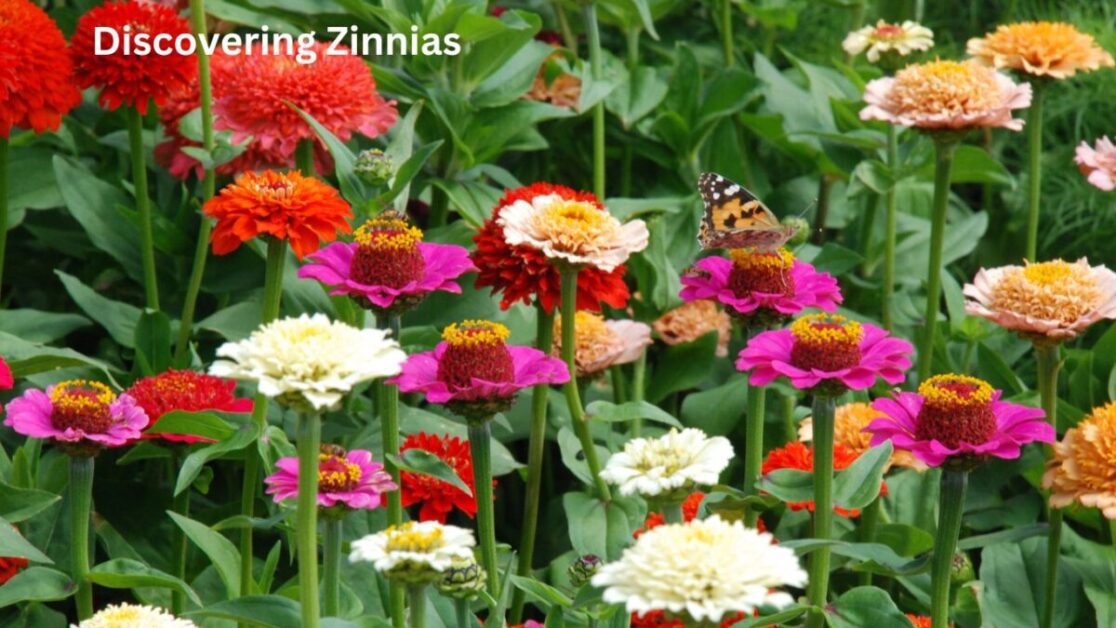
Zinnia Pauciflora, commonly known as the Rocky Mountain zinnia, is a wildflower native to the southwestern United States. This zinnia species thrives in dry and rocky habitats, displaying clusters of bright yellow, daisy-like flowers that add a vibrant splash of color to its surroundings. With its ability to adapt to harsh conditions, Zinnia Pauciflora is a resilient and low-maintenance plant ideal for xeriscaping and wildflower gardens.
The Rocky Mountain zinnia’s petite size and delicate blooms make it a charming addition to rock gardens, borders, and containers. Its slender stems bear narrow leaves that complement the sunburst of flowers, attracting pollinators like butterflies and bees. Zinnia Pauciflora’s preference for well-drained soil and full sun makes it an excellent choice for gardeners looking to cultivate drought-tolerant and native plant species in their landscapes.
Zinnias Pumila
Zinnia Pumila, also known as the dwarf zinnia, is a charming and versatile flower that can bring a burst of color to any garden. With its petite size and vibrant blooms, this annual plant is a favorite among gardeners looking to add a splash of beauty to their landscape. Zinnia Pumila typically grows to a height of 6-12 inches, making it perfect for borders, containers, or as a groundcover. Its daisy-like flowers come in a variety of colors, including red, orange, yellow, pink, and white, attracting pollinators like butterflies and bees.
One of the key benefits of growing Zinnia Pumila is its low maintenance nature. This hardy plant thrives in full sun and well-drained soil, requiring only moderate watering to flourish. With proper care, Zinnia Pumila can bloom from summer through fall, providing continuous beauty to your outdoor space. Whether you’re a beginner gardener or a seasoned pro, adding Zinnia Pumila to your garden can brighten up your surroundings and bring joy to your days.
Here’s a simple table outlining the 21 Zinnia types for your garden:
| Zinnia Type | Description |
|---|---|
| 1. Benary’s Giant | Large, double-flowered blooms in various colors |
| 2. California Giant | Tall stems with colorful, dahlia-like blooms |
| 3. Cactus | Unique spiky petals resembling cactus flowers |
| 4. Canary Bird | Bright yellow, daisy-like blooms |
| 5. Cherry Queen | Deep red, semi-double blooms |
| 6. Cut and Come Again | Continuous bloomer with double, dahlia-like blooms |
| 7. Dreamland | Compact variety with small, double blooms |
| 8. Envy | Green-flowered variety, unique in color |
| 9. Giant Purple | Large, purple blooms with contrasting centers |
| 10. Lilliput | Dwarf variety with small, button-like blooms |
| 11. Oklahoma | Large, semi-double blooms in vibrant colors |
| 12. Persian Carpet | Multi-colored, compact variety |
| 13. Pop Art | Bi-colored blooms with striking patterns |
| 14. Profusion | Heat and drought-tolerant variety |
| 15. Queen Lime | Lime-green blooms with unique texture |
| 16. Raspberry Lemonade | Bi-colored blooms resembling raspberries |
| 17. Red Spider | Spider-like petals in vibrant red color |
| 18. Senora | Bold, semi-double blooms in various hues |
| 19. Sprite | Dwarf variety with small, daisy-like blooms |
| 20. Sunbow Mix | Mix of vibrant colors suitable for cut flowers |
| 21. Zahara | Disease-resistant variety with continuous blooms |
This table provides a brief overview of each Zinnia type, including characteristics like bloom size, color, and growth habit, to help gardeners choose the perfect varieties for their gardens.
Zinnia Rutila
Zinnia Rutila is a stunning variety of zinnia that boasts vibrant red-orange blooms, adding a pop of color to any garden or landscape. With its compact growth habit and prolific flowering, Zinnia Rutila is a favorite among gardeners looking to create beautiful displays throughout the summer months. Known for its resilience and low maintenance requirements, this zinnia variety is suitable for both beginner and experienced gardeners alike.
The striking petals of Zinnia Rutila are complemented by its dark green foliage, creating a striking contrast that enhances the overall visual appeal of this plant. Whether grown in containers, flower beds, or as border plants, Zinnia Rutila is sure to attract pollinators such as butterflies and bees, making it a valuable addition to any pollinator-friendly garden. With proper care and attention to sunlight, water, and soil conditions, this zinnia variety can thrive and continue to brighten up outdoor spaces with its vibrant blooms.
What is unique about Zinnia Rutila compared to other Zinnia species?
Zinnia Rutila is known for its vibrant red-orange flowers, which set it apart from other Zinnia species that typically have flowers in shades of pink, purple, or yellow.
Is Zinnia Rutila a rare species?
Zinnia Rutila is not considered a rare species, but its striking red-orange flowers make it a popular choice for gardeners looking to add a unique pop of color to their gardens.
How does Zinnia Rutila fare in different climates?
Zinnia Rutila is a hardy plant that thrives in various climates, making it a versatile choice for gardens in different regions.
Are there any specific care requirements for Zinnia Rutila?
Zinnia Rutila requires full sun and well-draining soil to thrive, but it is relatively low-maintenance and easy to grow, making it a great option for beginner gardeners.


